Is Autism Genetic?

Understanding the Genetic Foundations of Autism Spectrum Disorder
Autism spectrum disorder (ASD) is a complex neurodevelopmental condition characterized by diverse behavioral and cognitive traits. While extensive research has explored various causes, a significant body of evidence indicates that genetics play a central role in its development. This article delves into the genetic underpinnings of autism, examining twin studies, genetic mutations, the role of inheritance, and how current advances in genetic testing are shaping our understanding of ASD.
How Twin Studies Illuminate Autism’s Genetic Roots
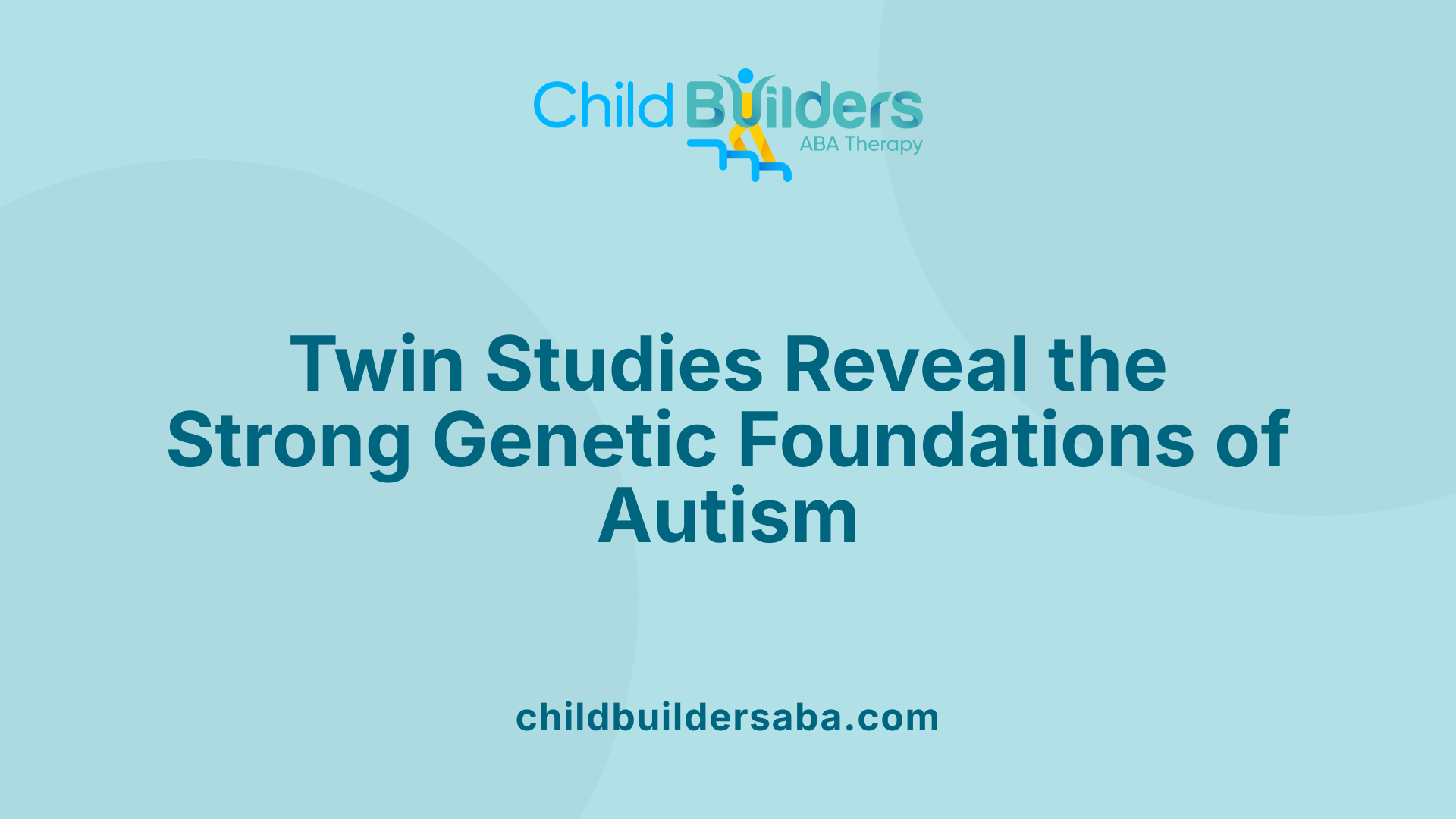
How do twin studies contribute to our understanding of autism's genetic basis?
Twin studies are a cornerstone of autism genetics research. They compare autistic traits and diagnoses between monozygotic (identical) twins, who share nearly 100% of their genes, and dizygotic (fraternal) twins, who share about 50%. These comparisons help researchers estimate how much genetics versus environment influence autism.
Research consistently shows that genetics play a predominant role. Heritability estimates—reflecting the proportion of variation in autism attributable to genetic factors—range from roughly 70% to over 90%. For instance, in cases of severe autism, estimates tend to be even higher, suggesting a strong genetic influence.
Twin studies reveal that if one monozygotic twin is diagnosed with autism, there is a more than 90% chance that the other will also be affected. Conversely, the probability drops to around 34% for dizygotic twins, underscoring the genetic contribution.
These studies also indicate that while genetics largely determine whether a person will have autism, environmental factors during early development can influence the severity and specific traits. Differences in severity between twins highlight the role of non-genetic influences, such as early life experiences or prenatal factors.
Overall, twin studies have profoundly enhanced our understanding by showing that autism is highly inheritable, particularly at the severe end of the spectrum, and they emphasize the crucial role of genetics alongside environmental inputs in shaping autism.
The Extent of Genetics in Autism Cases
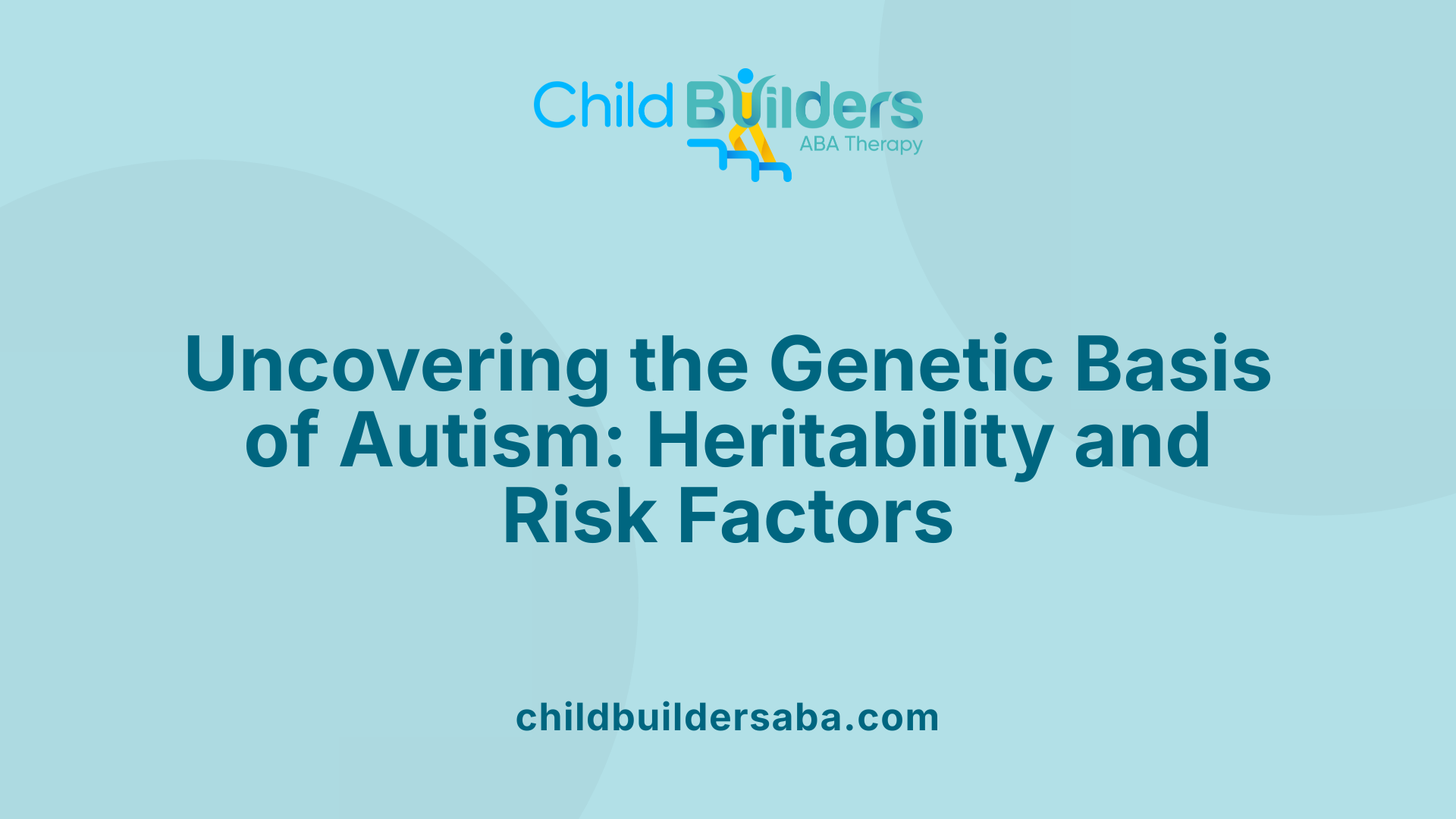
What percentage of autism cases are linked to genetic factors?
Research indicates that genetics play a major role in the development of autism spectrum disorder (ASD). Estimates show that approximately 80% to 90% of autism cases have a significant genetic component. Heritability studies, especially twin research, support this high percentage, with some estimates reaching as high as 83%.
A large portion of autism susceptibility is attributed to inherited genetic mutations, including common variants that can be passed from parents to children and rare mutations like copy number variations (CNVs). Specifically, at least 50% of autism risk is linked to inherited gene variants, with an additional 10-15% associated with rare mutations or structural chromosomal changes.
Spontaneous mutations, known as de novo mutations, also contribute notably to autism cases. About 30% of cases are attributed to these new genetic changes that occur during embryonic development and are not inherited from parents.
Genetic factors influencing autism include mutations in specific genes, such as SHANK3, NRXN1, and those on the 16p11.2 locus. Polygenic risk scores, which aggregate many small genetic variations, further increase risk when combined with rare mutations.
Overall, the body of evidence supports the conclusion that in the majority of autism cases, genetics are the predominant influencing factor, making it a highly heritable condition with complex genetic underpinnings. Environmental influences do play a role but are generally considered secondary to genetic factors in most cases.
Genetic Factors and Mutations Associated with Autism
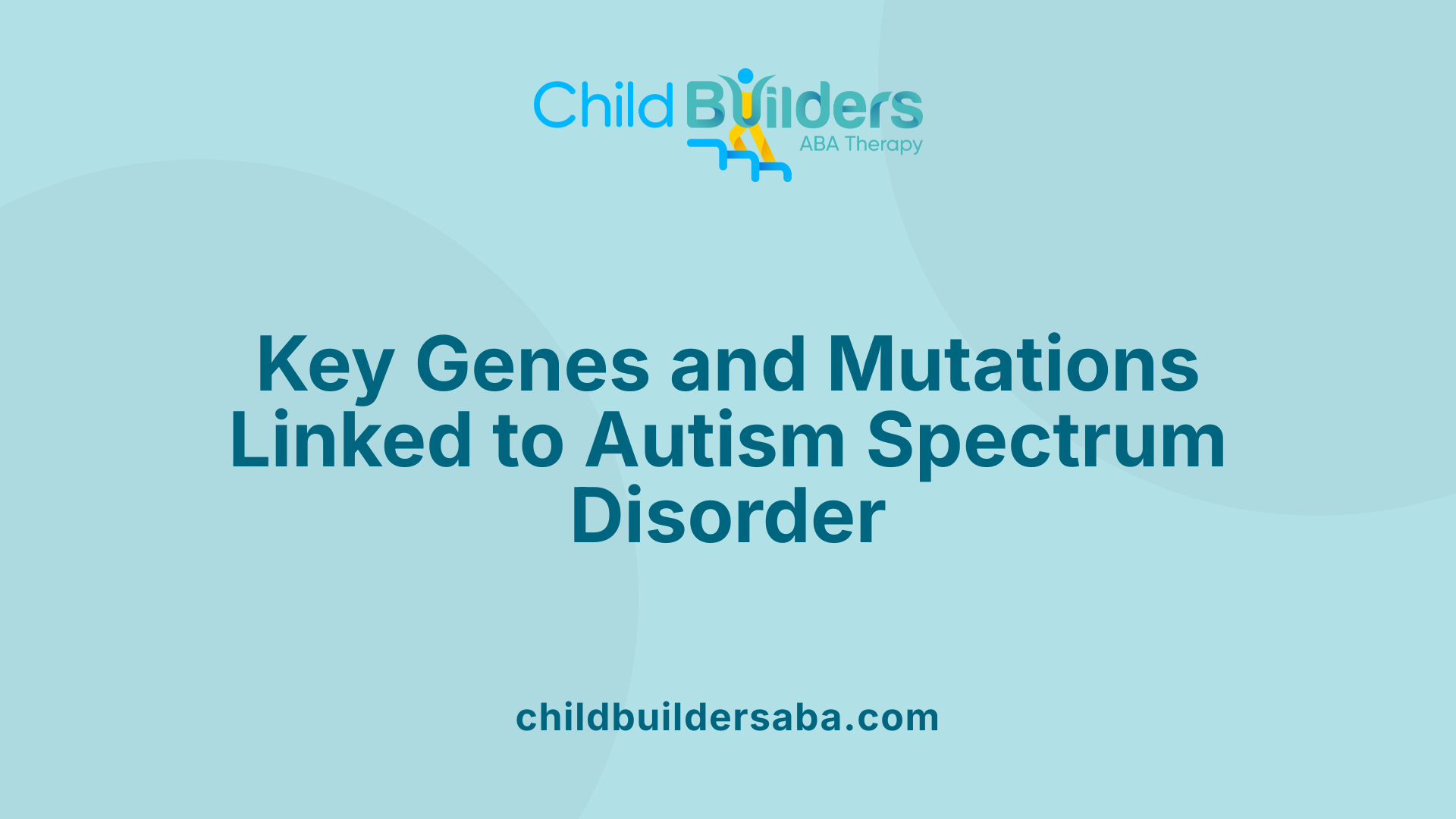
What are the genetic factors associated with autism?
Genetic influences are considered to be the primary contributors to autism spectrum disorder (ASD), with research estimating that around 70 to 90% of the heritability is due to genetic factors. Over 800 different genes have been linked to autism, affecting various pathways crucial for brain development. These include genes involved in chromatin remodeling, signaling pathways like Wnt and Notch, and metabolic processes that influence neuron growth and communication.
Recent studies show that genetic mutations in these genes can be inherited or occur spontaneously. About 80% of ASD cases are linked to inherited mutations, which are passed down within families. The remaining cases often involve de novo mutations—new genetic changes appearing in the child that are not present in the parents. These mutations can be gene deletions or duplications, such as those found in regions like 15q11.2 and 16p11.2, which are known to be associated with increased autism risk.
Beyond single gene mutations, certain genetic syndromes demonstrate a strong relationship with autism. Fragile X syndrome, Rett syndrome, tuberous sclerosis, and Williams syndrome are examples where specific genetic alterations significantly heighten the likelihood of ASD. Researchers are continually identifying new candidate genes through advanced genomic technologies, including whole exome and whole genome sequencing, which allow for a deeper understanding of genetic variation.
The genetic landscape of autism involves multiple pathways affecting neural development. Many mutations impact synaptogenesis—the process of forming synapses between neurons—altering how brain cells communicate. Others influence brain growth patterns, leading to phenomena like early brain overgrowth or cortex abnormalities observed in some individuals with autism.
Understanding these genetic influences not only aids in diagnosis but also opens avenues for personalized interventions and targeted therapies. While a definitive single gene cause remains undiscovered, the accumulating evidence underscores the importance of genetics in autism’s complex etiology.
The Role of Genetic Testing in Autism Diagnosis and Management
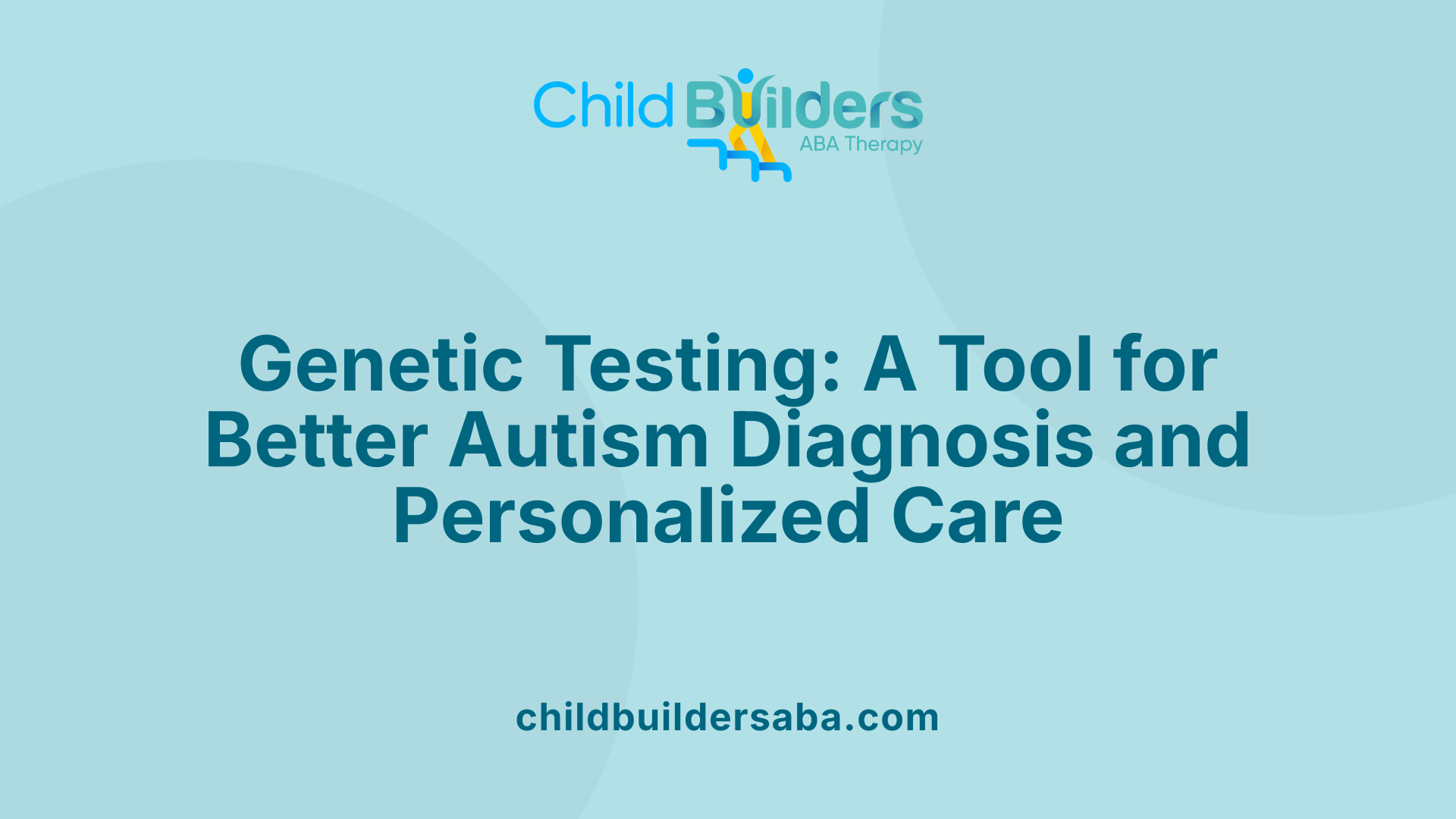
What is the role of genetic testing in autism?
Genetic testing is an important tool in understanding autism, although it does not serve as a direct diagnostic method. Its primary function is to identify specific genetic mutations and variations that may contribute to the disorder. For example, genetic tests can detect mutations in genes like FMR1, linked to Fragile X syndrome, one of the known genetic conditions associated with autism.
Two common types of genetic tests used in autism cases are chromosomal microarray analysis and exome sequencing. Microarray testing can find chromosomal deletions or duplications in about 10-20% of cases, helping to uncover possible genetic causes. Exome sequencing, which looks closely at the coding regions of genes, can find relevant variants in approximately 10-30% of individuals, especially those with additional features like intellectual disability.
While these tests do not confirm autism itself, they reveal genetic factors that can influence development, help predict future health issues, and inform treatment strategies. They also aid in understanding co-occurring conditions and provide families with vital information for genetic counseling.
Despite the benefits, less than half of those with autism undergo genetic testing. Barriers such as limited access, awareness, or resources contribute to this gap. Increasing the use of genetic assessments could improve personalized care and deepen our understanding of autism’s complex genetic landscape.
This approach exemplifies how genetics can guide tailored interventions, support early detection, and refine our knowledge of autism’s biological underpinnings.
Autism: A Complex Interplay of Genetics and Environment
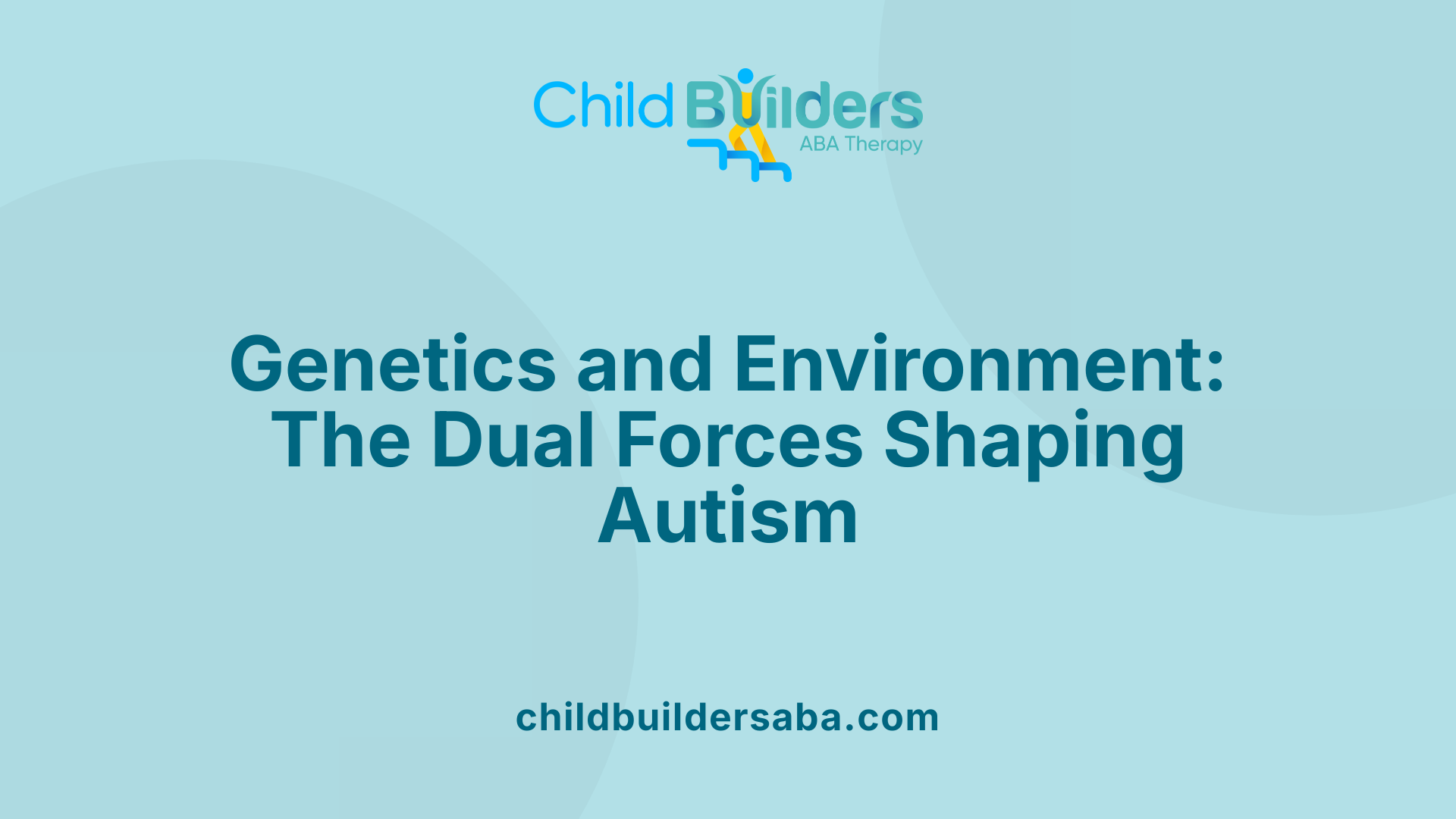
Is autism primarily caused by genetic factors?
Autism is predominantly influenced by genetic factors. Research estimates that genetics account for over 90% of autism cases, demonstrating a strong hereditary component. Twin studies reveal that monozygotic (identical) twins have a higher concordance rate—up to 98%—compared to dizygotic (fraternal) twins, supporting the significant role of genetics.
However, environmental factors also contribute to autism development. Prenatal exposures such as air pollution, pesticides, maternal obesity, diabetes, immune disorders, and birth complications like oxygen deprivation have been linked to increased autism risk. These influences affect crucial stages of early brain development.
The causes of autism are complex, involving an interaction between genetic predispositions and environmental exposures. No single factor causes autism on its own. Instead, multiple genes and environmental conditions work together to influence how the brain develops and functions.
While genetics play a dominant role, environmental influences remain significant. The interplay of inherited gene mutations and prenatal environmental exposures explains the diverse presentation and spectrum of autism.
In conclusion, autism results from an intricate combination of genetic makeup and environmental factors. Both elements are essential in understanding how autism develops and vary among individuals.
Inheritance Patterns and Parental Contributions

Do children inherit autism from their mother or father?
Autism has a significant genetic component, with heritability estimates ranging from about 80 to 90%. This means that genetics play a major role in the likelihood of developing autism. Research shows that around 80% of autism cases can be linked to inherited genetic mutations. Families with multiple affected children typically exhibit a strong hereditary trend, indicating that genes passed from parents influence autism risk.
Both maternal and paternal genes contribute to this risk, but recent studies offer intriguing insights. A large study from UCLA revealed that siblings with autism tend to share more of their father's genome—about 66%—compared to roughly 30% from their mother. This suggests that the father's genetic contribution might be more influential in some cases of autism.
In addition to inherited genes, spontaneous genetic mutations, known as de novo mutations, are important. These occur spontaneously in sperm or eggs, not inherited from either parent. Such mutations can significantly impact the development of autism, especially in cases with no family history. About 20% of autism cases are believed to involve these new mutations.
Overall, inheritance from both parents plays a role, with complex genetic interactions and new mutations influencing autism risk. Environmental factors are less prominent in comparison. These findings underscore that autism can be inherited from either parent through various genetic pathways, highlighting the complex and multifaceted nature of its genetic origins.
Misconceptions and Scientific Clarifications about Autism and Genetics
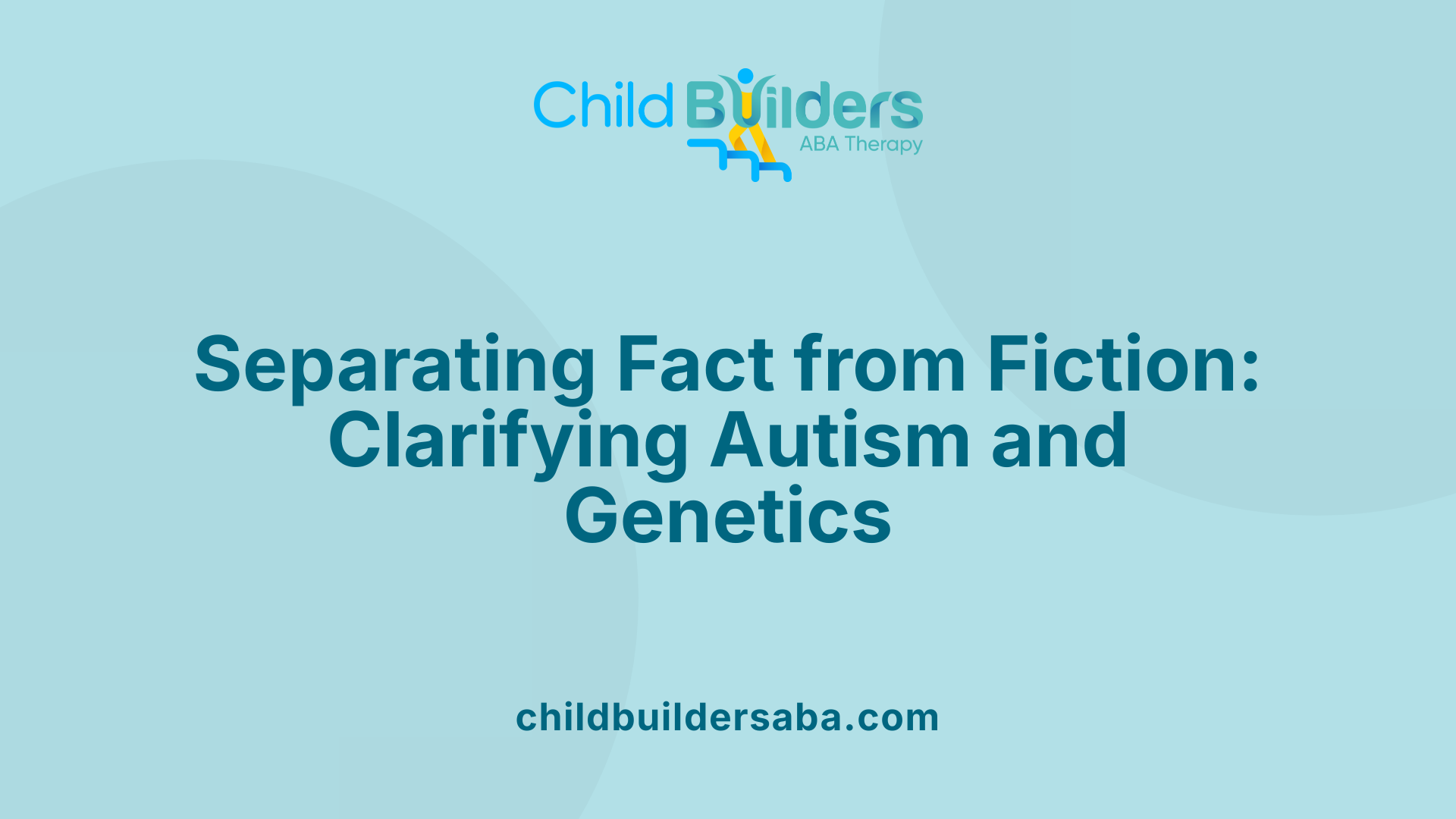
Are environmental factors a significant cause of autism compared to genetics?
Genetics play a leading role in the development of autism spectrum disorder (ASD). Research estimates that about 80% of autism risk is inherited through genetic mutations or variations. Twin studies reinforce this, showing a much higher likelihood of autism occurring in identical twins (up to 90%) compared to fraternal twins, highlighting the strong genetic influence.
While genetics are predominant, environmental factors also contribute to autism risk. These include parental age, prenatal exposure to pollutants like pesticides and air pollution, maternal health issues such as obesity or immune disorders, as well as complications during birth like oxygen deprivation. Such factors are believed to account for roughly 16% to 25% of the variance in autism risk.
Environmental influences can affect gene expression through epigenetic mechanisms, impacting brain development during critical periods. For example, prenatal exposure to toxins or maternal infections can alter neural development pathways.
In summary, although genetics are the main contributors to autism, environmental factors play a significant modulatory role. Both elements are important in understanding the complex causes of ASD, emphasizing that autism arises from an interplay of inherited genetic vulnerabilities and environmental exposures.
The Genetic Landscape of Autism: Insights and Future Directions
The burgeoning field of autism genetics continues to shed light on the intricate biological mechanisms underpinning ASD. With advances in genomic research, the identification of risk genes, understanding of inheritance patterns, and the ability to conduct comprehensive genetic testing are transforming diagnosis and personalized treatment approaches. Nonetheless, the interplay between genetics and environmental factors remains complex, underscoring the importance of ongoing research. As scientists uncover more about the genetic architecture of autism, hope grows for earlier detection, better intervention strategies, and a deeper understanding of this neurodevelopmental spectrum. Ultimately, continuous scientific exploration promises to unravel the genetic tapestry of autism, paving the way for more targeted therapies and informed support for affected individuals and their families.
References
- Is Autism Genetic? | UCLA Medical School
- What causes autism? | Autism Speaks
- Autism Spectrum Disorder (ASD) Symptoms & Causes
- Heritability of autism - Wikipedia
- Autism spectrum disorder - Symptoms and causes - Mayo Clinic
- New genetic clues uncovered in largest study of families with ...
- Where does autism come from when it doesn't run in the family?
- Genetic discovery links new gene to autism spectrum disorder
- Is Autism Hereditary? (from Mother or Father?) - 3billion
- The genetic mystery of why some people develop autism - BBC



.jpg)

































































































